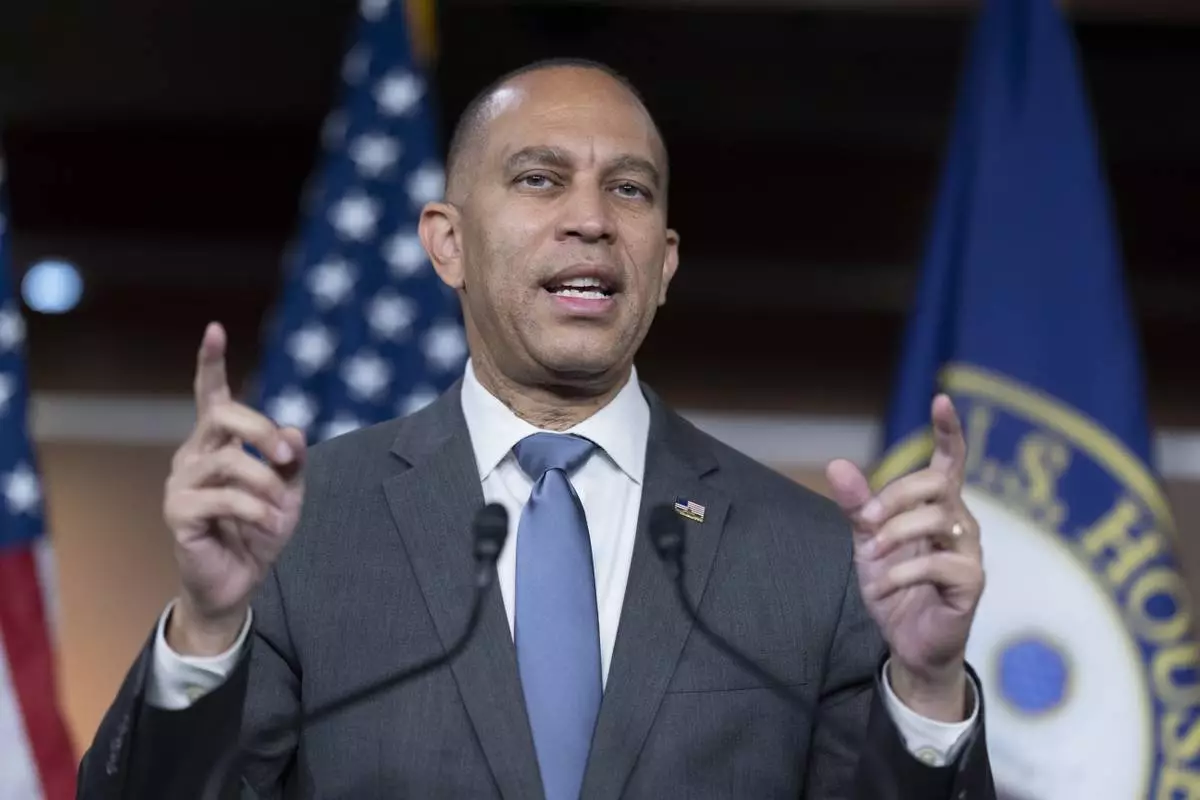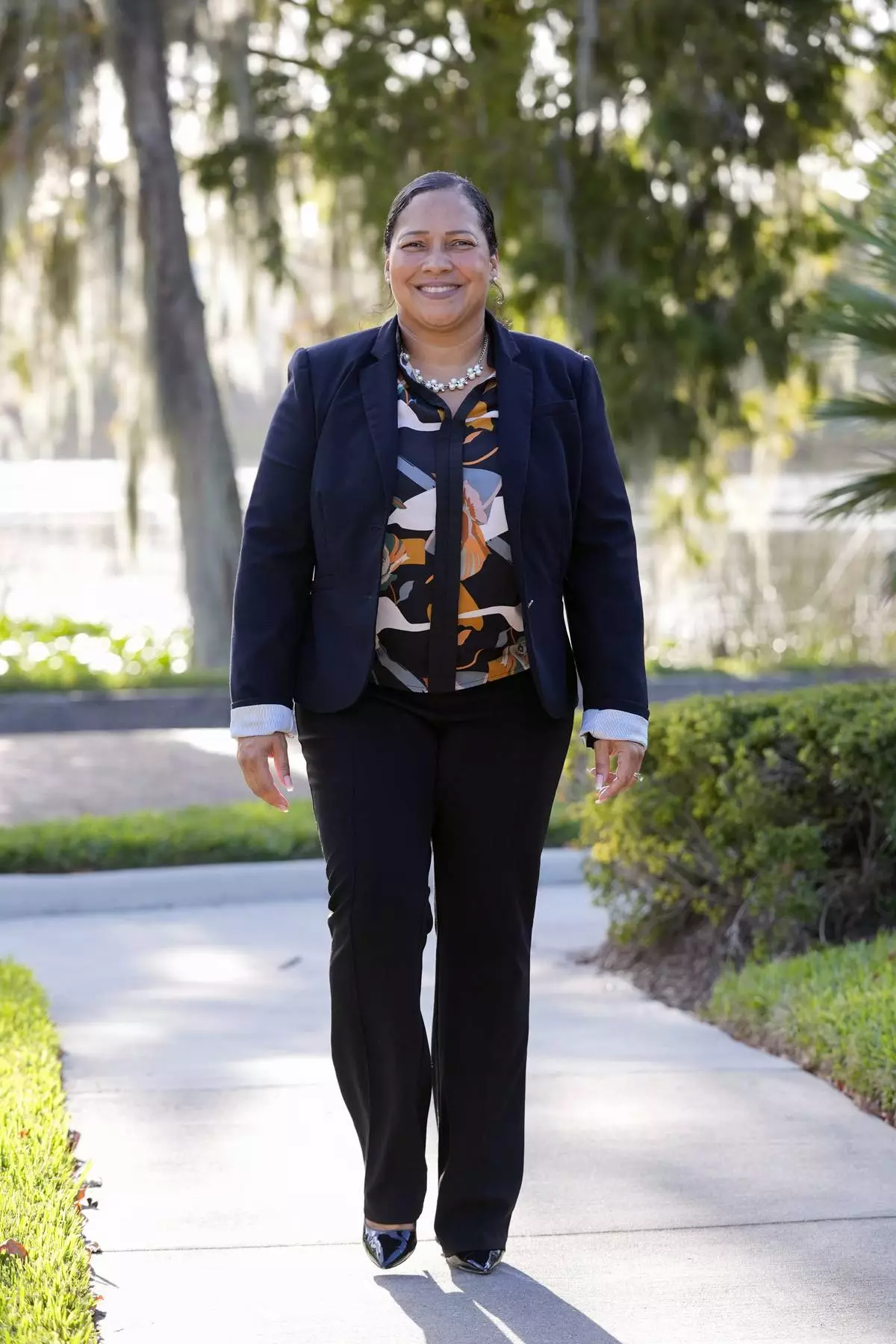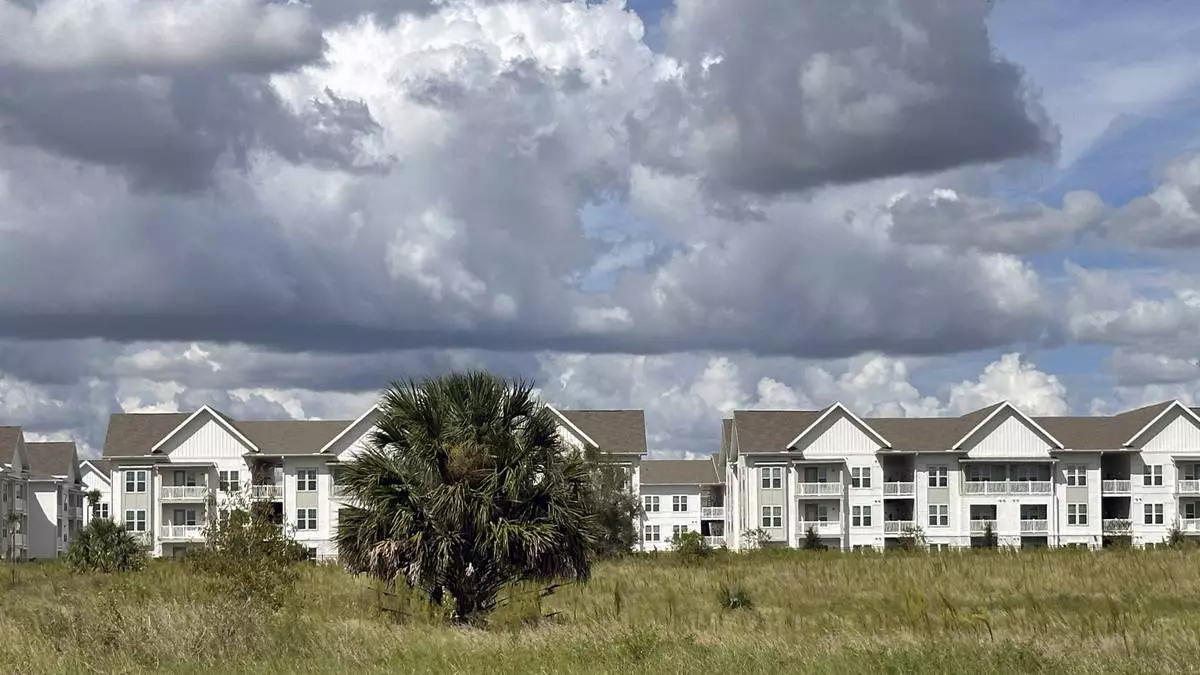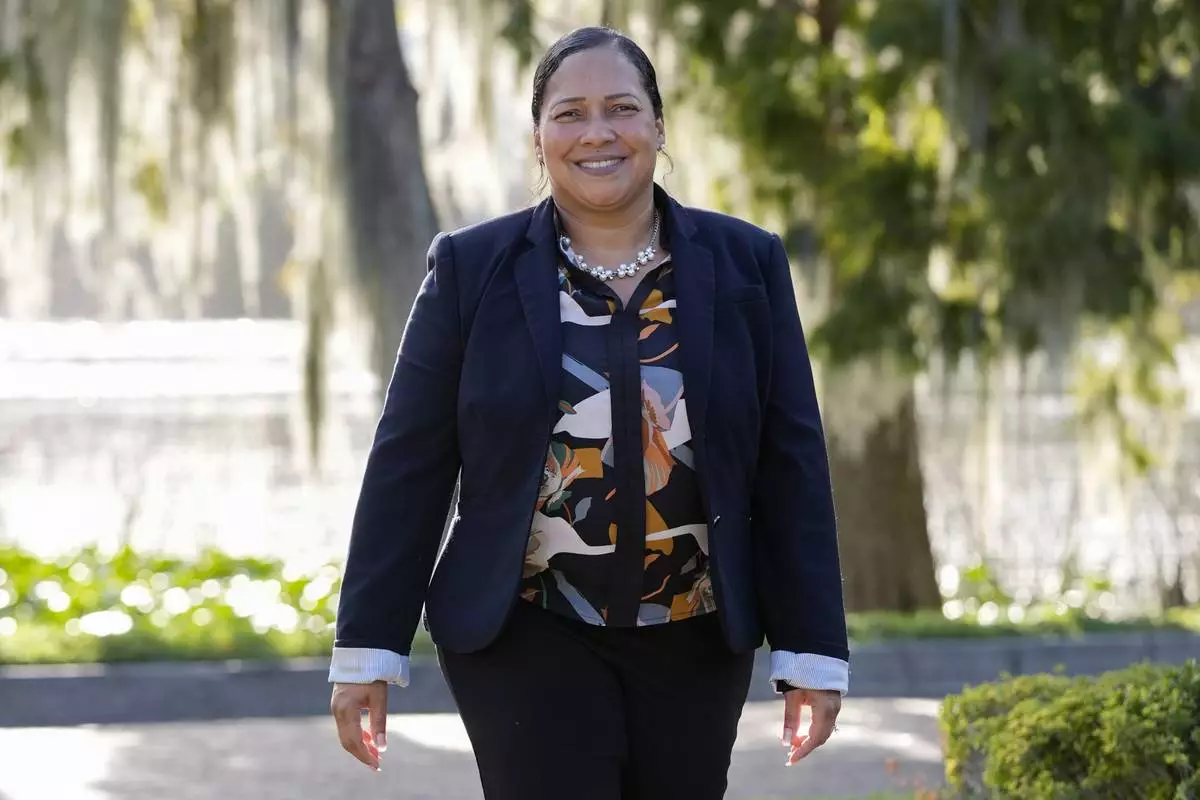WASHINGTON (AP) — After one of the most chaotic and least productive sessions in modern history, voters made a surprising choice in elections for the U.S. House -- they overwhelmingly stuck with the status quo.
House Republicans will hold onto a thin majority, and while the chamber's exact partisan divide is still to be determined as votes are tallied in a handful of states, the results of 435 House races nationwide have produced hardly any change to the makeup of the chamber.
In fact, it's more like a stalemate: Republicans and Democrats have each flipped seven seats, while just eight incumbents nationwide have lost their races.
The results show just how entrenched the political dynamics have become in a legislative chamber that is meant to closely reflect the will of the people. Neither Donald Trump's sweep of swing states nor a record of two years marked by infighting among GOP House members seemed to weigh much on House election results. Instead, the contest for control of the chamber boiled down to just a couple dozen politically divided districts and fewer truly close races even as House candidates nationwide spent a combined $1.5 billion, according to Open Secrets, which tracks political spending.
House Democratic Leader Hakeem Jeffries called it “bitterly disappointing” to see his party's bid to retake the House fall short by just a few seats. But he also made sure to note, “Notwithstanding the adverse political environment that happened with a Trump wave sweeping every single battleground state in America, Democrats will actually have increased the number of seats in the new Congress.”
Still, that hasn't stopped Republican leaders from taking a victory lap and talking of a mandate to implement a conservative agenda.
“On Election Day, Americans sent a clear message to reject the consequences of Democratic control,” said Rep. Richard Hudson, the chair of the GOP's House campaign committee, adding, “That's why voters delivered House Republicans a majority and sent Donald Trump to the White House in a landslide.”
Trump is on track to win the popular vote for the first time, but it will likely be a narrow victory once all ballots are counted, reflecting how politically deadlocked the country has become. In the House, the margins will also be close, particularly after Trump chose several House Republicans for roles in his administration.
“Every single vote will count,” said House Speaker Mike Johnson. “Because if someone gets ill, or has a car accident or a late flight on their plane, then it affects the votes on the floor.”
Johnson's party held onto the majority largely thanks to two seats the party flipped in Pennsylvania, as well as three more that were redistricted by the GOP-controlled North Carolina General Assembly to favor their party.
Democrats, meanwhile, did best in New York — Jeffries' home state — where they flipped three seats. They also picked up two redistricted seats, in Louisiana and Alabama, that were ordered by courts to ensure fair representation for Black voters.
But as the congressional map becomes clear after the latest redistricting cycle following the 2020 census, some democracy advocates are concerned about the small number of House districts that are in play.
While Republicans for years won more congressional seats than expected through gerrymandered districts, Democrats have battled back by shaping districts to their advantage and essentially evened out the playing field.
“The consequences are that the people’s House barely reflects the will of the people. Voters have very little possibility to shift the balance of power in the House even when their moods change,” said David Peters, who has written about gerrymandering and is a senior fellow at FairVote, an organization that advocates for voting reforms.
FairVote estimates that 85% of House seats are now safe for one party — the highest percentage it has tracked in two decades. Political polarization also plays a role in that trend, and Peters said it has resulted in a dynamic where House members are less likely to work across the aisle and are more worried about facing a primary opponent who criticizes them for not being partisan enough.
Several of the incumbents who lost reelection, such as Democratic Rep. Yadira Caraveo of Colorado or Republican Rep. Marc Molinaro of New York, were some of the most willing to work on bipartisan legislation.
But now that Republicans hold the House, Senate and White House, there is little talk of working with Democrats. Instead, they hope to use a special budget process to implement partisan legislation aimed at extending tax breaks, bolstering immigration enforcement at the southern border and dismantling federal regulations.
To do that, they will also have to overcome the infighting that has hampered them the last two years — and cracks are already showing in their unity.
In an internal vote this week, Johnson received his party's nomination to remain speaker when the new Congress starts Jan. 3. But lawmakers are still haggling over whether to keep in place rules that allowed a small group of conservatives to trigger the ouster of Johnson's predecessor, former Speaker Kevin McCarthy.
With a razor-thin majority, almost any Republican can block legislation from moving forward, as the conservative bloc has done periodically.
“As usual, it’s going to be very difficult for Congress to get anything done,” said Rob Speel, a political science professor at Penn State Behrend.

House Minority Leader Hakeem Jeffries, D-N.Y., speaks during a news conference at the Capitol in Washington, Friday, Nov. 15, 2024. (AP Photo/J. Scott Applewhite)

House Republican leaders, from left, Majority Whip Tom Emmer, R-Minn., Majority Leader Steve Scalise, R-La., Speaker of the House Mike Johnson, R-La., and Rep. Richard Hudson, R-N.C., chairman of the National Republican Congressional Committee, arrive to tout Republican wins and meet with reporters on the steps of the Capitol in Washington, Tuesday, Nov. 12, 2024. Congress returns to work this week to begin what is known as a lame-duck session — that period between Election Day and the end of the two-year congressional term. (AP Photo/J. Scott Applewhite)












